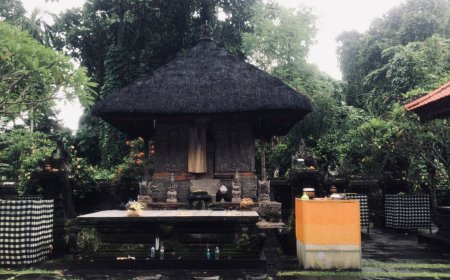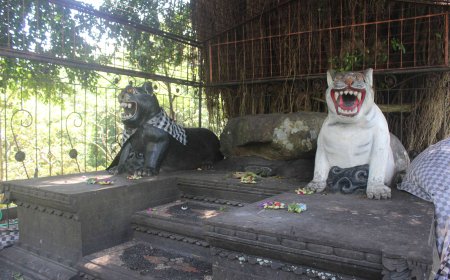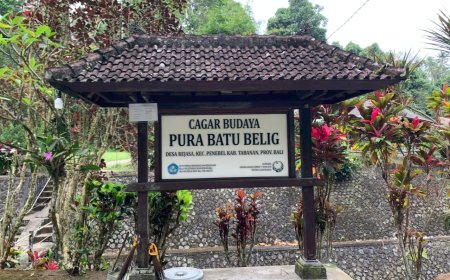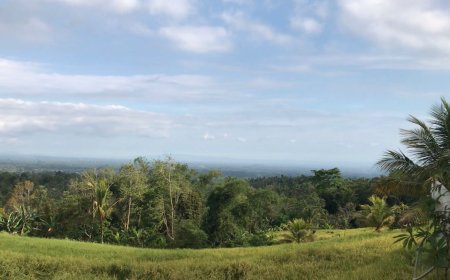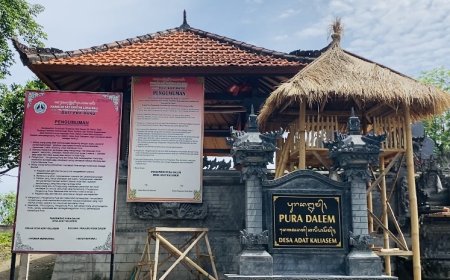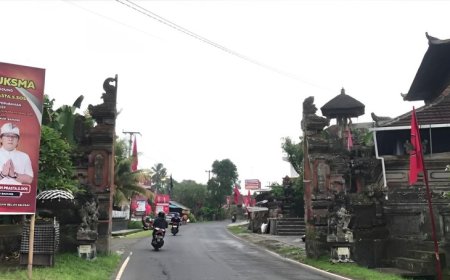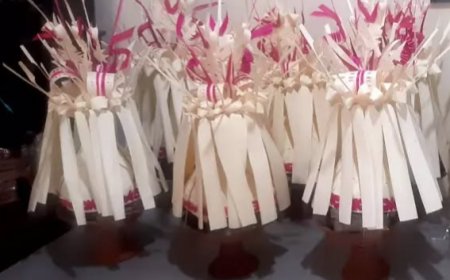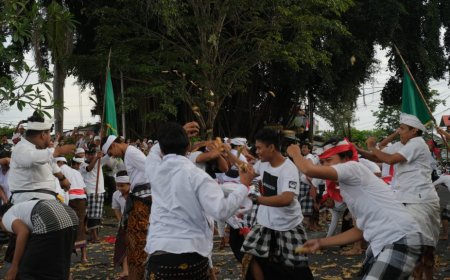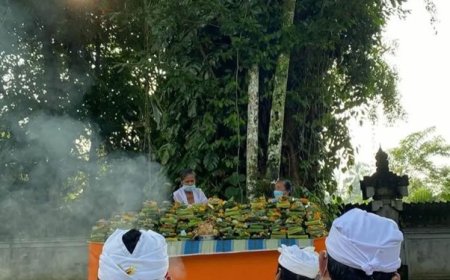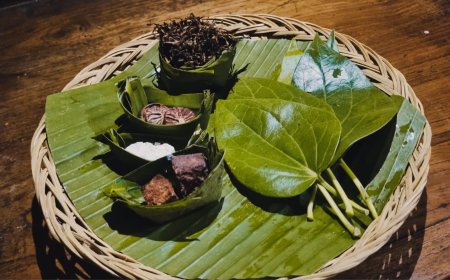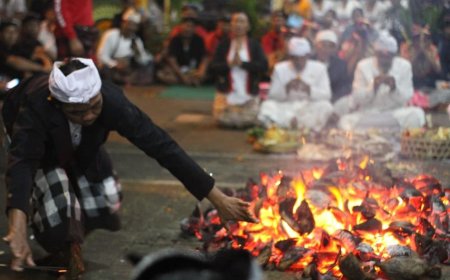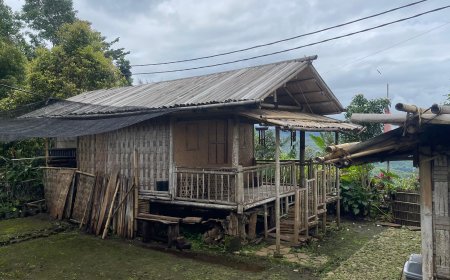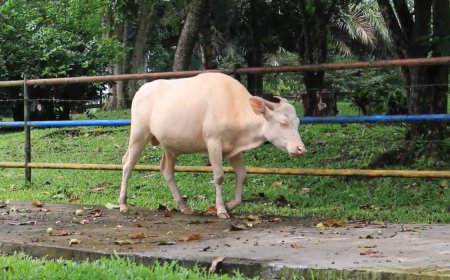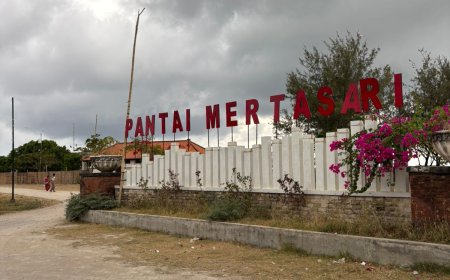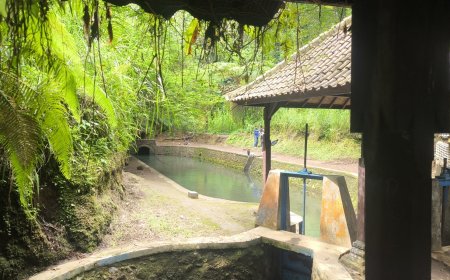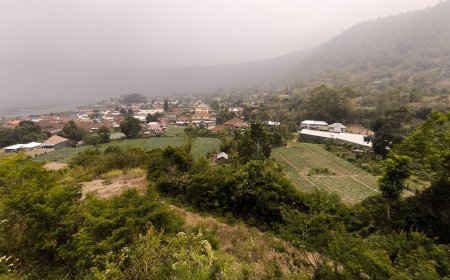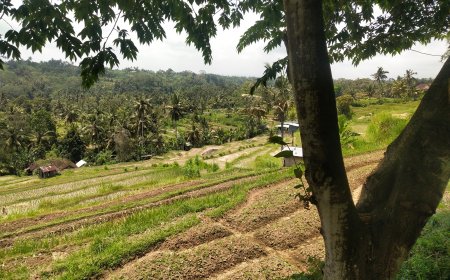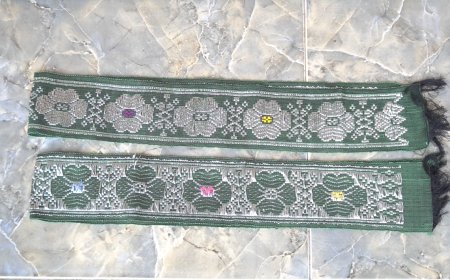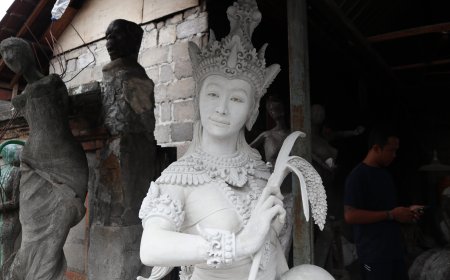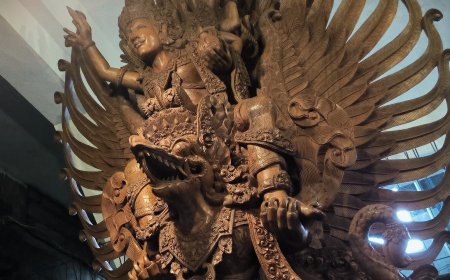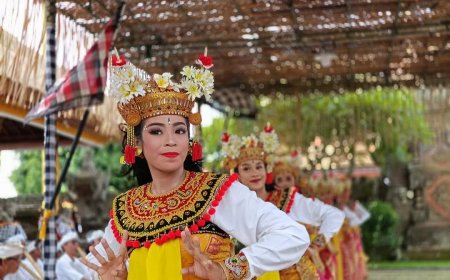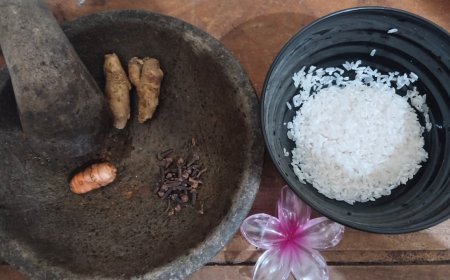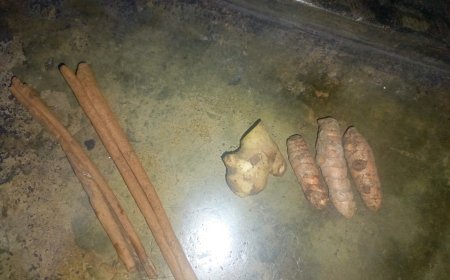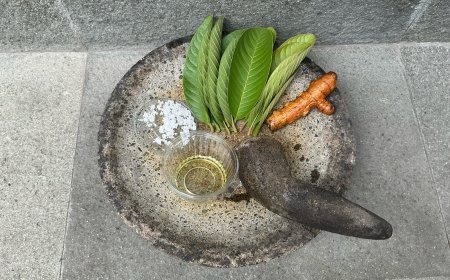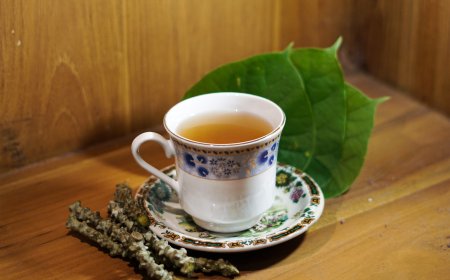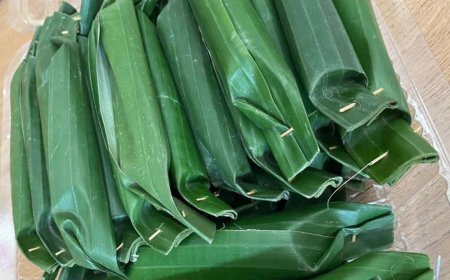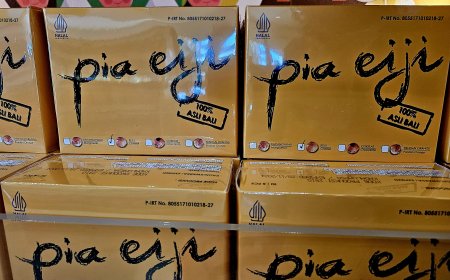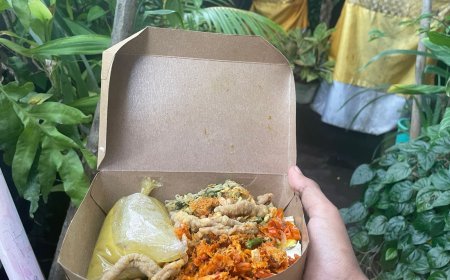Laklak: A Traditional Balinese Snack Reflecting the Authentic Taste of Indonesian Heritage
Laklak is a traditional Balinese snack that has become an inseparable part of the island's cultural heritage. Made from rice flour and coconut milk, this cake is naturally green due to the use of pandan or suji leaves. With its soft texture and sweet flavor from palm sugar syrup, Laklak symbolizes the harmony of taste and tradition. It is often found in traditional markets and used in ceremonial offerings as a way to honor ancestors. Additionally, Laklak has become a culinary attraction for tourists eager to savor the authentic flavors of Bali.
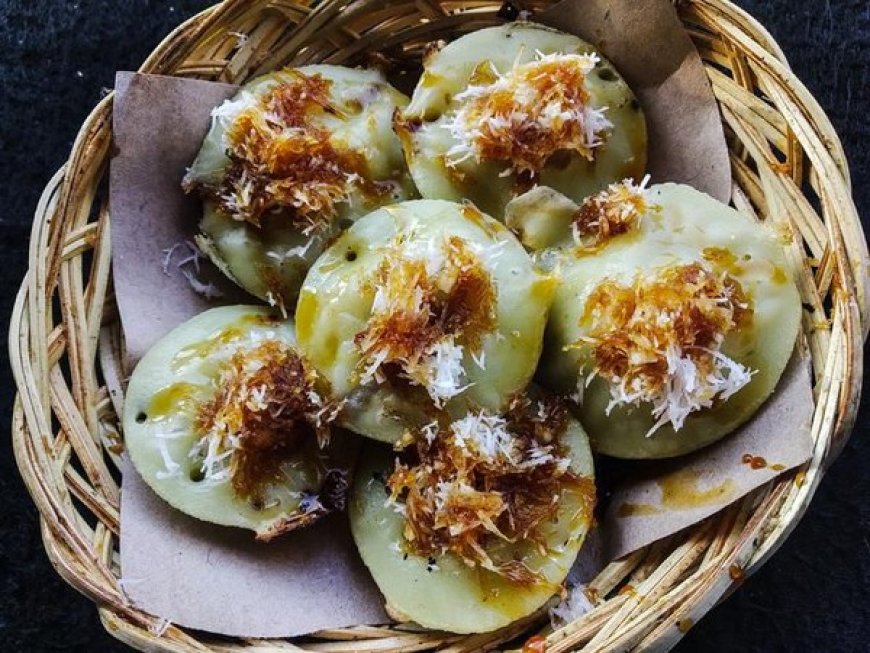
Laklak is more than just food; it is a part of Bali's long culinary history. This traditional cake has been cherished as a simple snack enjoyed by people from all walks of life. In daily life, Laklak is often served as a morning or afternoon treat, commonly found in traditional markets.
The uniqueness of Laklak lies in its flat, round shape resembling a mini pancake, yet it has a distinct texture and flavor. Its green color comes from natural pandan or suji leaf extracts, which not only provide an appealing hue but also a fragrant aroma. The use of local ingredients like freshly grated coconut and palm sugar syrup showcases the rich local wisdom of Bali in utilizing natural resources.
Beyond its taste, Laklak holds symbolic value. In many traditional ceremonies, it is used as part of ritual offerings, reflecting its importance in Balinese spiritual life and its role as a medium for honoring traditions and ancestors.

The Process of Making Laklak (Photo Source: Personal Collection)
The process of making Laklak is simple yet requires patience to achieve the perfect taste. Key ingredients such as rice flour, coconut milk, and a pinch of salt are mixed to form a thick batter. This batter is then poured into special molds heated over a small flame, resulting in a crispy bottom and soft top.
Once cooked, Laklak is served with a topping of freshly grated coconut and a drizzle of thick palm sugar syrup. This combination creates a distinctive blend of sweet and savory flavors. The aromatic pandan and palm sugar further enhance its appeal, making it an irresistible snack.
In addition to traditional markets, Laklak is now also presented in modern variations. Some innovations include additional flavors like chocolate, cheese, or even fresh fruit. Despite these updates, the traditional version remains a favorite as it offers authentic taste and nostalgia.The simplicity of Laklak's flavor has made it popular not only among Balinese people but also among tourists. For many, tasting Laklak is a way to experience Bali's rich yet simple culinary heritage.
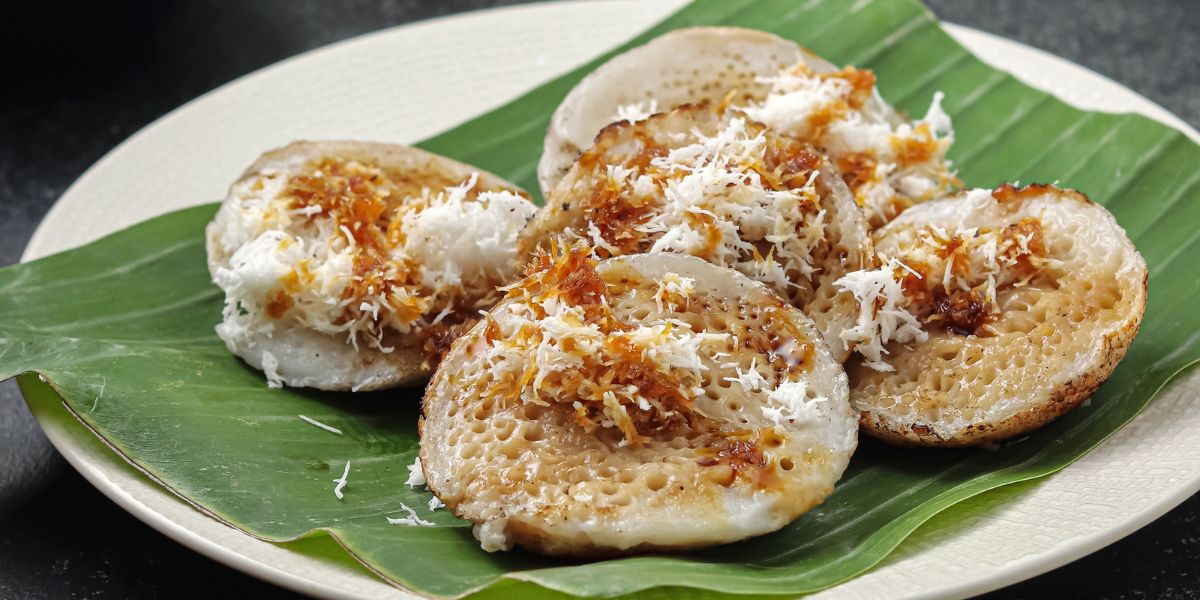
Laklak Traditional Dish (Photo Source: Personal Collection)
Laklak is a living testament to how food can become a cultural heritage that survives amid the passage of time. With its unique preparation process and distinctive flavor, Laklak not only offers culinary enjoyment but also serves as a symbol of tradition that must be preserved.
Efforts to preserve Laklak require support from various parties. Younger generations should be encouraged to learn about and cherish this traditional food, while governments and local communities can play a role in promoting Laklak as part of Bali's identity. Culinary festivals, Laklak making workshops, and educational programs can be strategic steps to ensure the cake’s survival.
Amid modernization, it is crucial to maintain Laklak’s authenticity so it does not lose the cultural values associated with it. More than just food, Laklak acts as a bridge connecting today’s generation to their roots in tradition and spirituality. Laklak will continue to be one of Bali’s cherished culinary icons, respected and loved, reminding us that the beauty of tradition lies in its simplicity.

